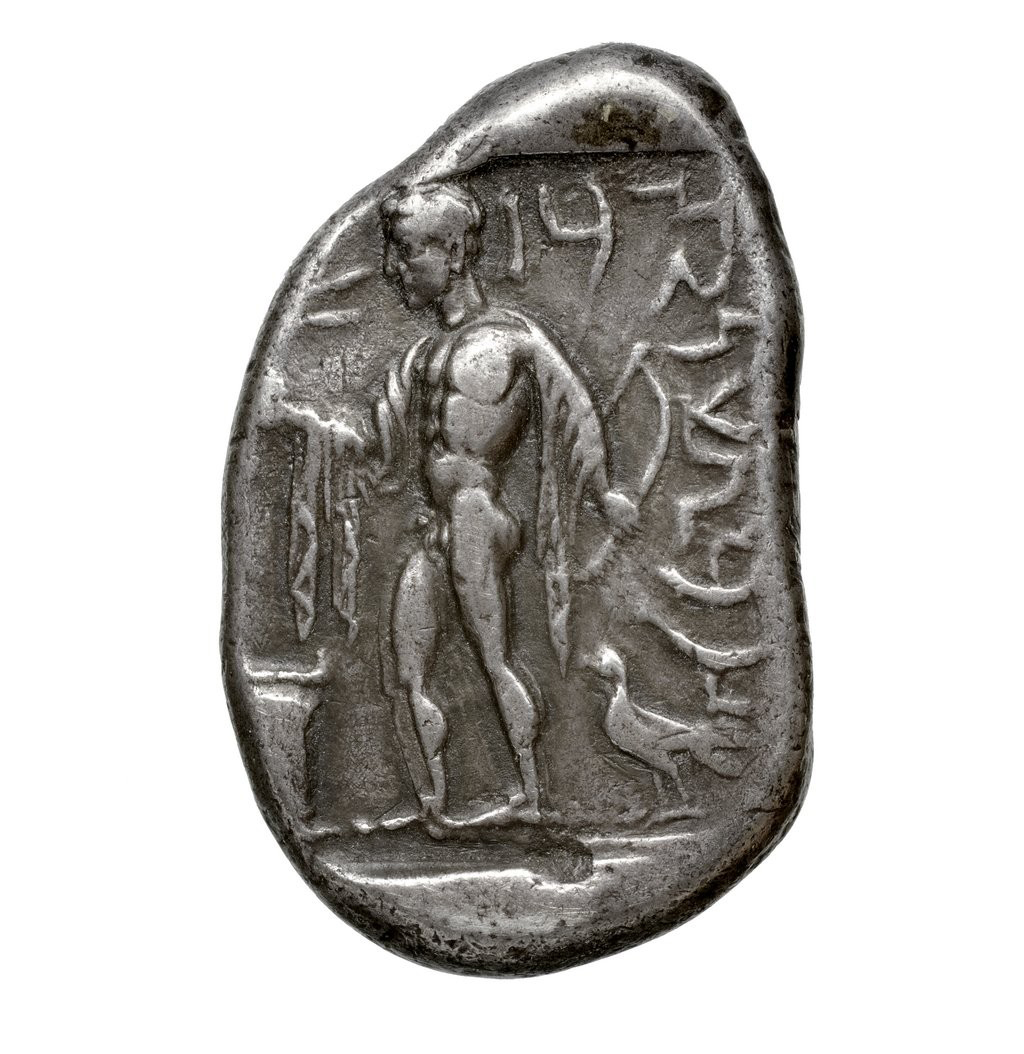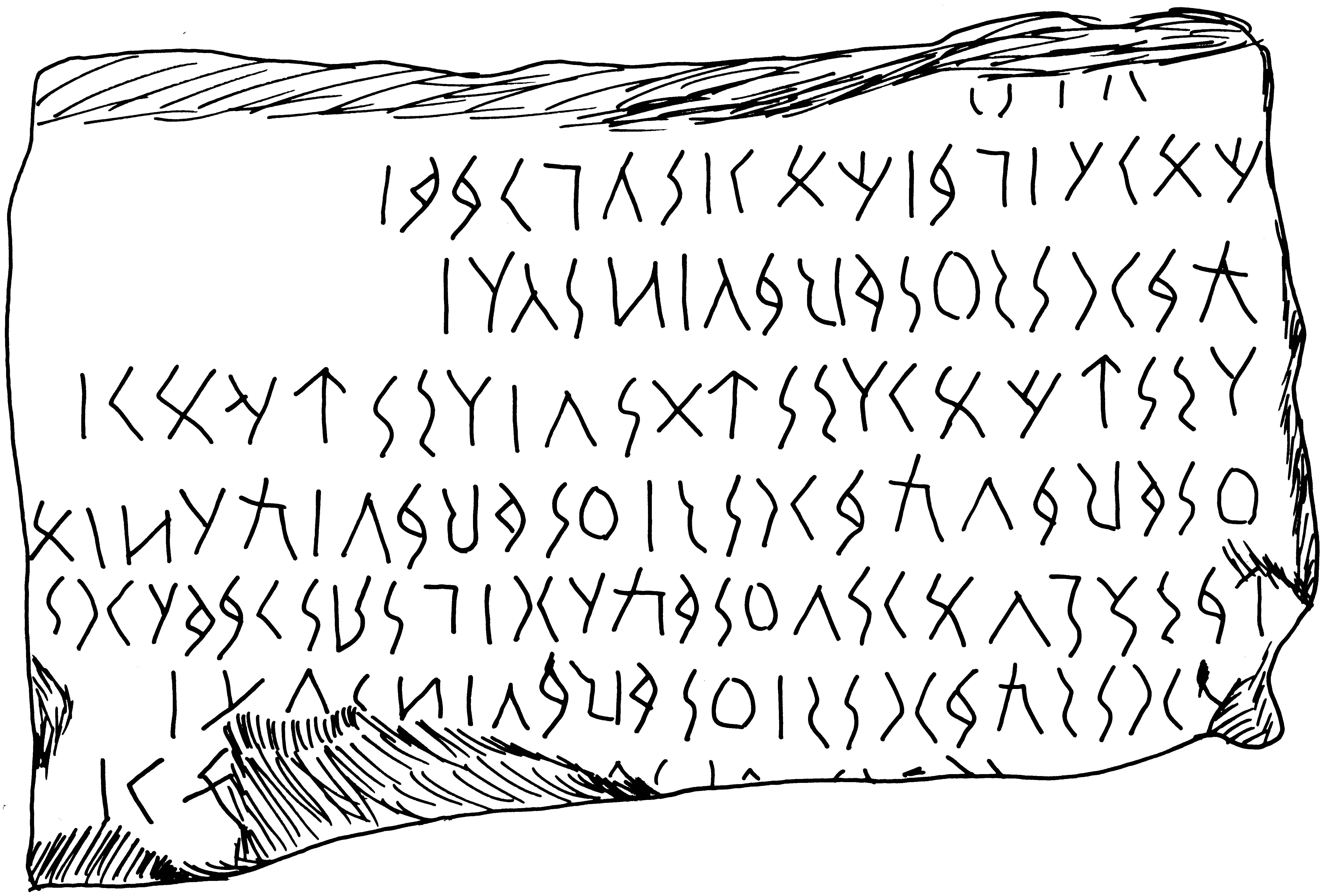The Missing Scripts 2023: Sidetic
Fangzheng Li zoomDuring the Iron Age, various alphabetic writing systems were used in Anatolia to record Anatolian and Phrygian languages. As the final piece of the puzzle of the ancient Anatolian alphabets (including Carien, Lycian, and Lydian), the encoding research of Sidetic script is an important component in completing the study of alphabets along the Pamphylian coast region. In total, there are 29 letters containing both vowels and consonants, strongly influenced by Greek, establishing connections with the diverse cultural and linguistic contexts of ancient Anatolia.
Similar to the research methods applied to other historical scripts, the study of Sidetic glyph primarily relies on the surviving authentic heritage. The existing Sidetic heritage includes a small number of inscriptions (on stone) located in present-day Turkey and scattered collections of coins (on iron) found worldwide.
To ensure stability in typography for the project script, the general principle of glyph determination is to respect the historical nature of the letterform (writing tools and production techniques) while incorporating a modern, unified typesetting perspective, creating a depiction of Sidetic script suitable for contemporary medium learning, display, and research.


